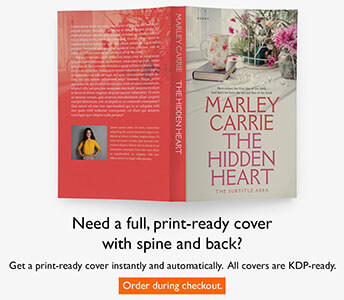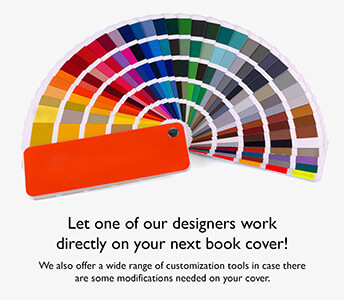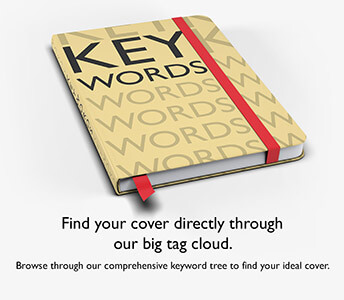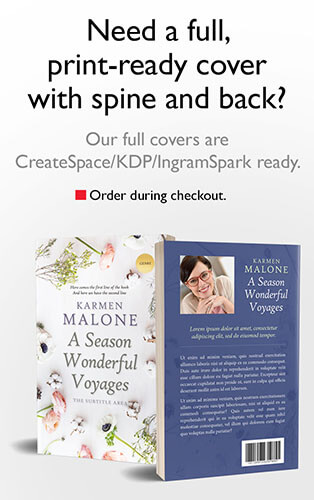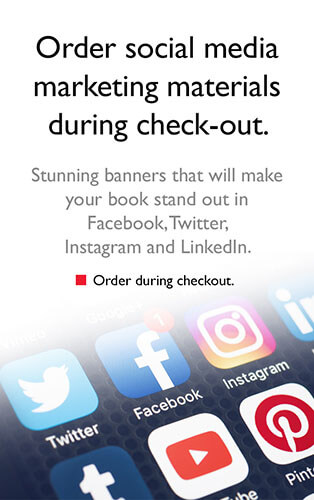The First Thing Nobody Notices… Until They Do
Let’s be honest: nobody dreams of being a book spine designer. It’s called “book cover designer” for a reason. You don’t see kids dressing up as “Book Spine Artists” for career day. Yet, here we are, about to publish a book, and suddenly the spine-the humble, vertical strip-demands our attention. Why? Because when your masterpiece is sandwiched between a vampire romance and a celebrity memoir at the bookstore, all that’s visible is that sliver of real estate. The front cover may get all the Instagram love, but the spine is your book’s only shot at a first impression in the wild. Ignore it at your peril.
The Spine-Your Book’s Nametag at the Party
Imagine you’re at a party (remember those?) and everyone’s wearing name tags. Now, imagine yours is written in Comic Sans, upside down, and covered in glitter. That’s what a poorly designed spine is like. The spine’s job is simple: tell people what your book is, who wrote it, and, if you’re feeling fancy, who published it. If readers can’t spot your book’s title or your name, they’ll move on faster than you can say “discount bin.” So, make it legible. Make it bold. Make it the nametag your book deserves.
The Fine Art of Not Overdoing It
Designing a spine is like dressing for a job interview: you want to stand out, but not for the wrong reasons. Resist the urge to cram every possible detail onto the spine. Yes, your subtitle is clever. Yes, your series title is epic. But unless your book is as thick as a phone book, keep it simple. Title and author-these are non-negotiables. The publisher’s logo? Sure, if you have one. The subtitle? Only if it’s short enough to fit without a magnifying glass. Remember, the spine is not the place for your book’s entire life story.
Spine Design-Where Size Really Does Matter
Here’s the awkward truth: size matters, at least when it comes to spines. A 50-page novella isn’t going to have room for your Pulitzer ambitions. If your book is thin, you may have to make tough choices. Prioritize the essentials. And always, always use your printer’s template. Nothing says “amateur hour” like text that bleeds onto the back cover or disappears into the binding. Oh, and orientation? In English-speaking countries, top-to-bottom is the way to go. Unless you want to confuse everyone. (If you do, that’s a bold branding choice. Good luck.)
The Spine-Your Secret Weapon for World Domination
Okay, maybe not world domination, but definitely bookshelf domination. A well-designed spine isn’t just about being noticed-it’s about being remembered. If you’re writing a series, keep those spines consistent. There’s nothing more satisfying (or Instagrammable) than a matching set lined up in perfect order. Your readers will thank you, and your books will look like they belong together-because they do.
Amazon KDP has specific rules and technical requirements for the spine of a book, whether you are publishing a paperback or hardcover. Here are the key guidelines:
Minimum Page Count for Spine Text on Amazon KDP
- Spine text (such as title and author name) is only allowed if your book has at least 79 pages. Books with fewer than 80 pages will not have any text printed on the spine.
Spine Text Placement and Safety Margins on KDP
- All spine text must be sized to fit the spine, with at least 0.0625″ (1.6 mm) of space between the text and the edge of the spine to prevent it from wrapping onto the front or back cover.
- Allow for a 0.0625″ (1.6 mm) variance on either side of the fold lines for your cover, as slight shifts can occur during binding.
- For hardcovers, all text and images should be 0.635″ (16 mm) from the edge of the book, and avoid placing text or images in the spine hinge area (0.4″/10 mm from the spine).
Spine Width Calculations
- The width of your spine depends on page count and paper type:
Bleed and Margins
- A bleed of 0.125″ (3.2 mm) is required on all sides of the cover, including the spine.
- Any content not intended to be trimmed off should be at least 0.25″ (6.4 mm) from the outside cover edge.
Font and Readability
- Text should be at least 7-point font for legibility.
- Make sure text color contrasts with the background so it doesn’t blend in.
Don’t Judge a Book by Its Cover… Judge It by Its Spine
In the end, the spine is the unsung hero of book design. It’s the handshake, the wink, the elevator pitch. So give it the attention it deserves. Make it readable, make it attractive, and above all, make it yours. Because when your book is standing tall on the shelf, you want it to say, “Pick me!”-not “What am I doing here?”
So, go ahead. Show your spine some love. Your book-and your readers-will notice. Eventually.
